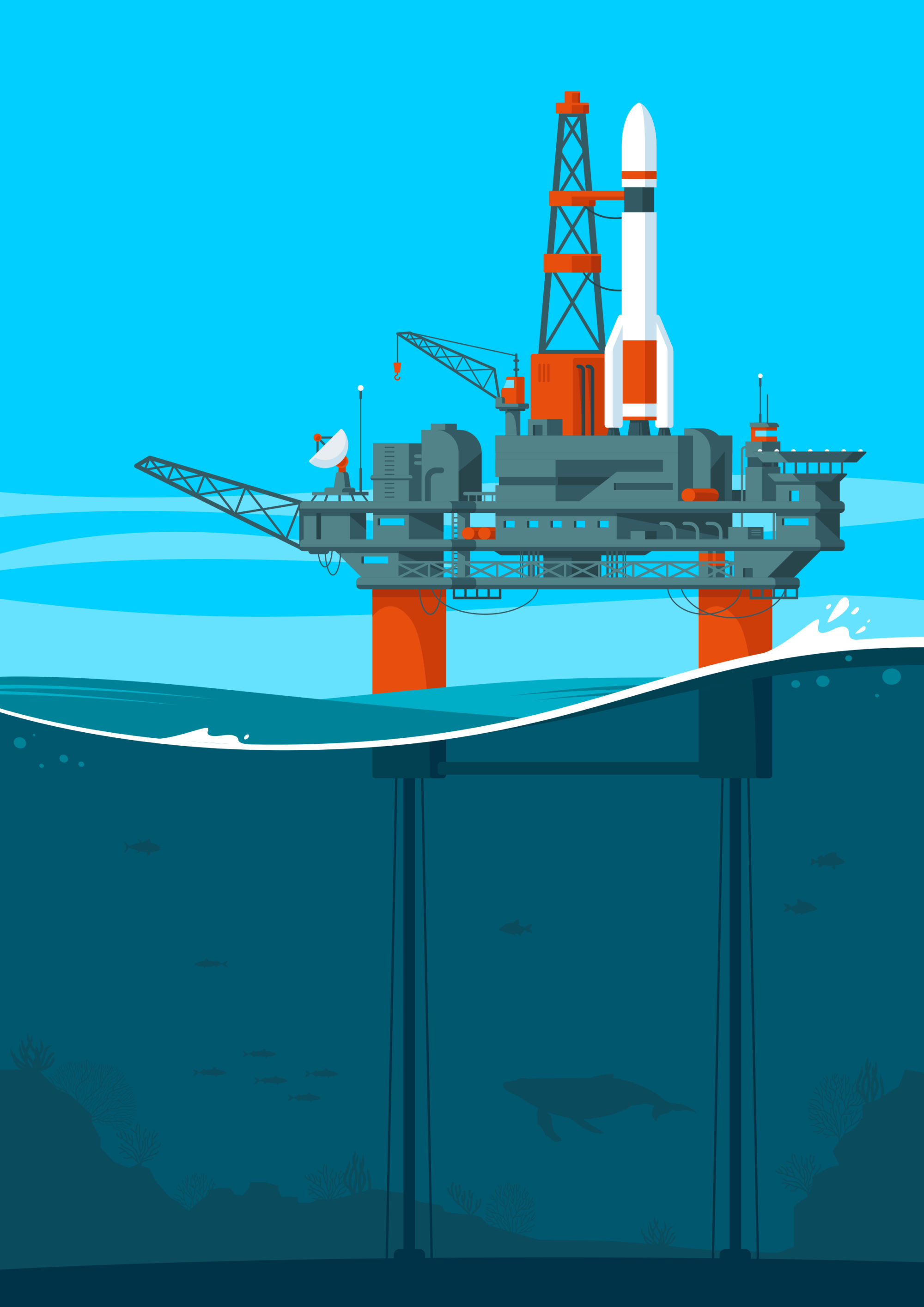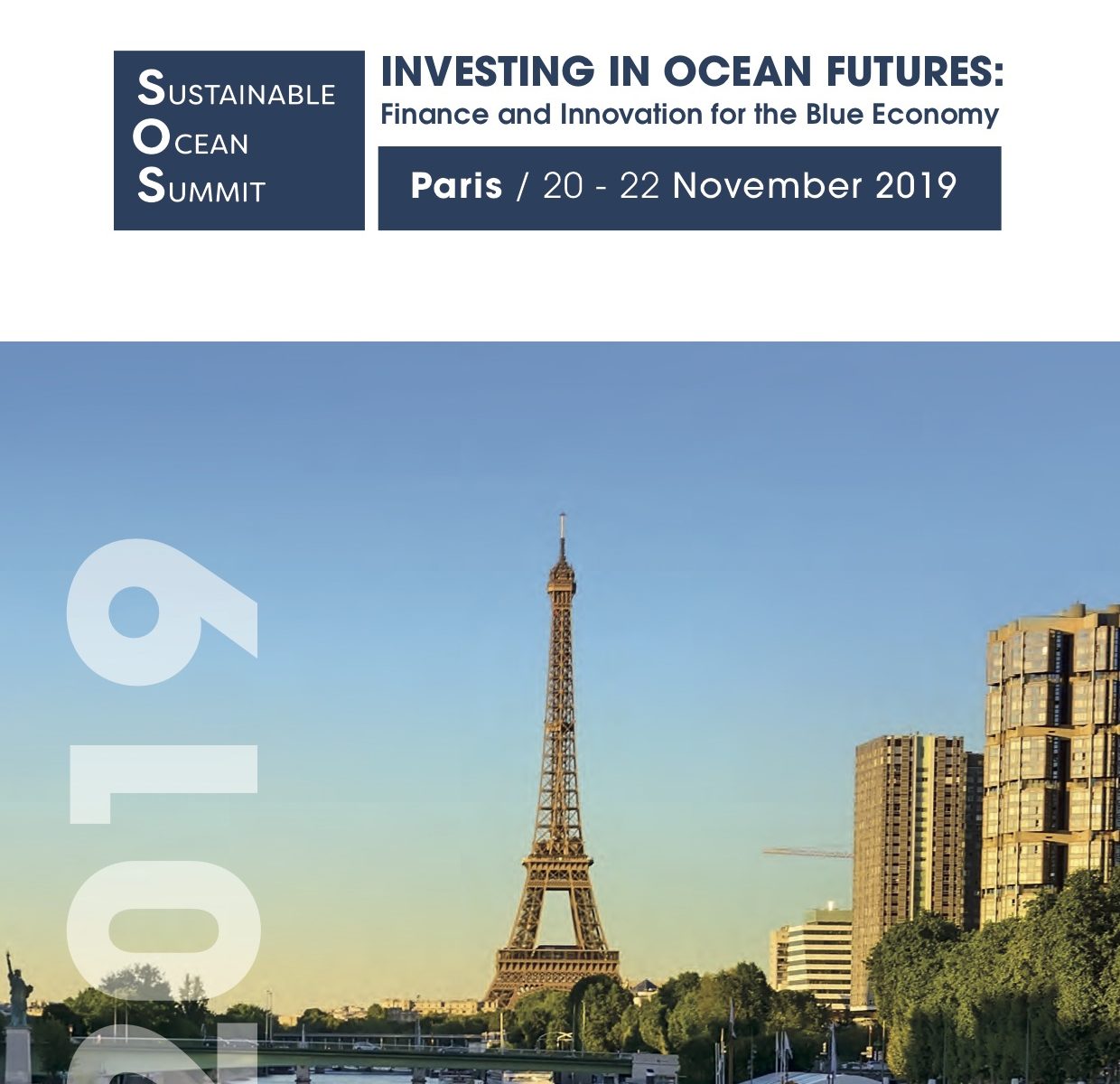O&G offshore assets: Candidates for revalorisation and upcycling?
by Amélie Elkik
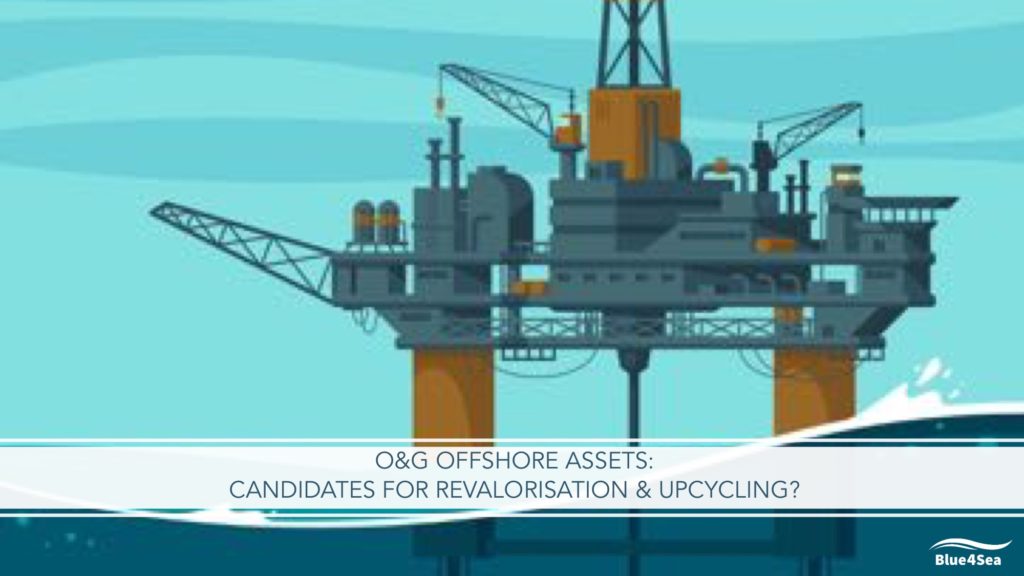
Operating offshore for about 40 or 50 years, the O&G industry has a clear knowledge of specific ocean constraints from surface to seabed and all through the water column. Therefore, this industry is well positioned to take a substantial part in offshore renewables solutions; they also have a workforce which can switch (and willing to) renewables.
Regarding decommissioning of fields reaching their end-of life, and as hundreds of fields are to be decommissioned by year over the world – 3000 by 2040 f – (refer to slideshow) for an expected bill of 7 billion $/year, – 100bl$ expected in total for the North Sea only. The question is clearly financial and technical, but is also now “can we – and how to – apply a sustainable vision and development to Oil and Gas offshore fields”?
The costs of decommissioning, which are pure remaining cost as the field is in cessation of production, will be borne by companies as well as taxpayers. In terms of regulation, there is a global obligation to dismantle. For some of the more mature countries and regions, regional and national regulations apply and take precedence over international regulation. (such as OSPAR in the North Sea).
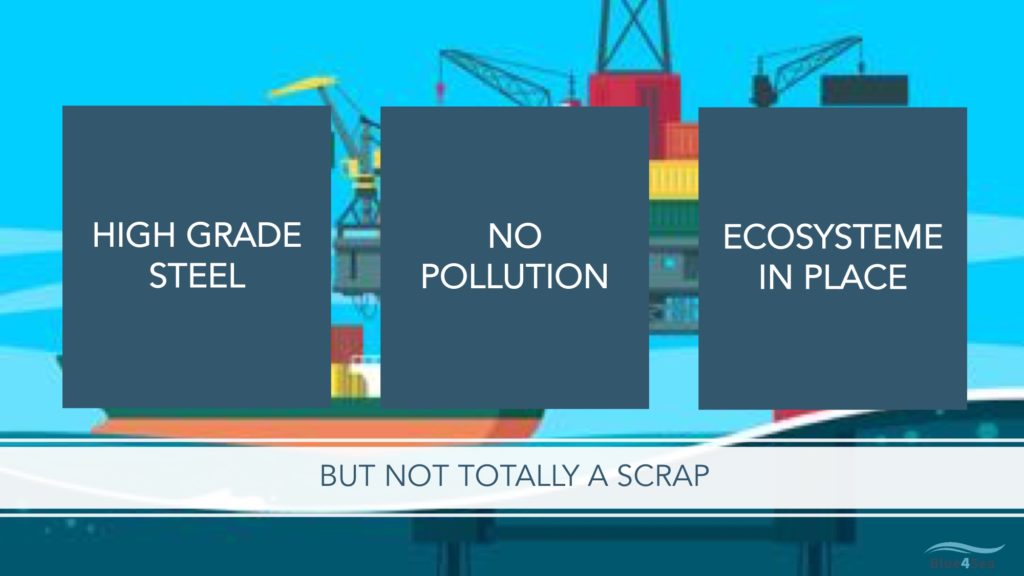
However, offshore platforms are structurally made of high-grade steel; at the end of the cleaning process, there is no risk of pollution and a submarine ecosystem is in place for many years. In addition, the energetic cost of full dismantlement is also to be considered seriously in an ecological point of view (many days of offshore vessels + new disturbance of the in-place ecosystem). So, considering the full costs, is full decommissioning the only solution? It is expected that at least 25% of offshore platforms can be eligible to second life. Sometimes it is clearly the only solution to dismantle all, however, it is foreseen that there are 4 categories of re-use (Research and Observation; Industry; Tourism; Services).
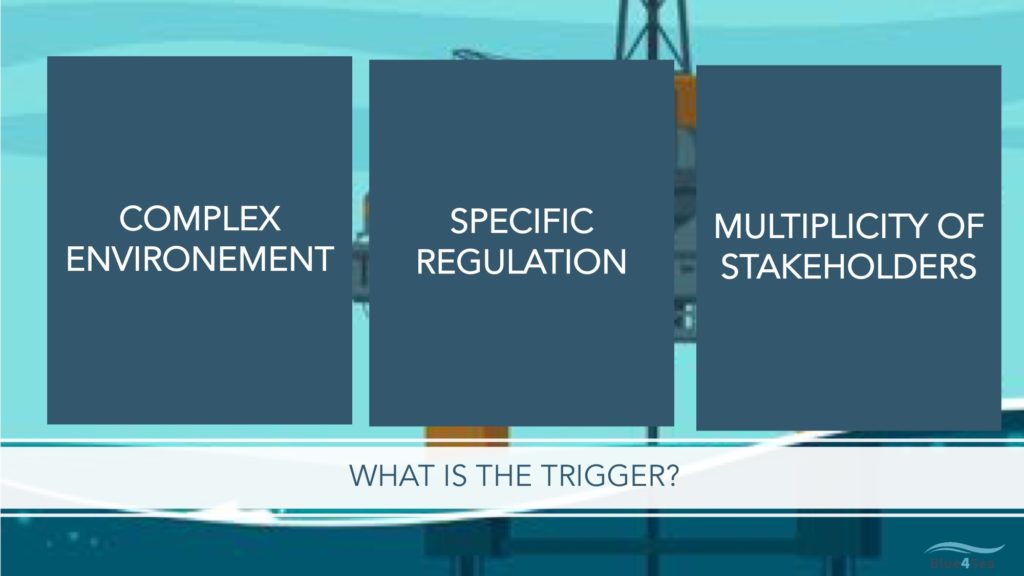
The offshore environment is very complex, with a multiplicity of stakeholders and specific regulations. A good understanding of the full picture is mandatory, but the upcycling of these assets would save costs, reduce the total energy spent, and may have a significant social impact. Local activity within this global industry which provides a unique opportunity and ability to move between scales. Benefits are direct for operators who, in addition to reduce the final cost and de-risk the decommissioning schedule, can reposition themselves as local actors, and for takeovers, who take the benefit of an existing sea-based infrastructure to develop their activity.
